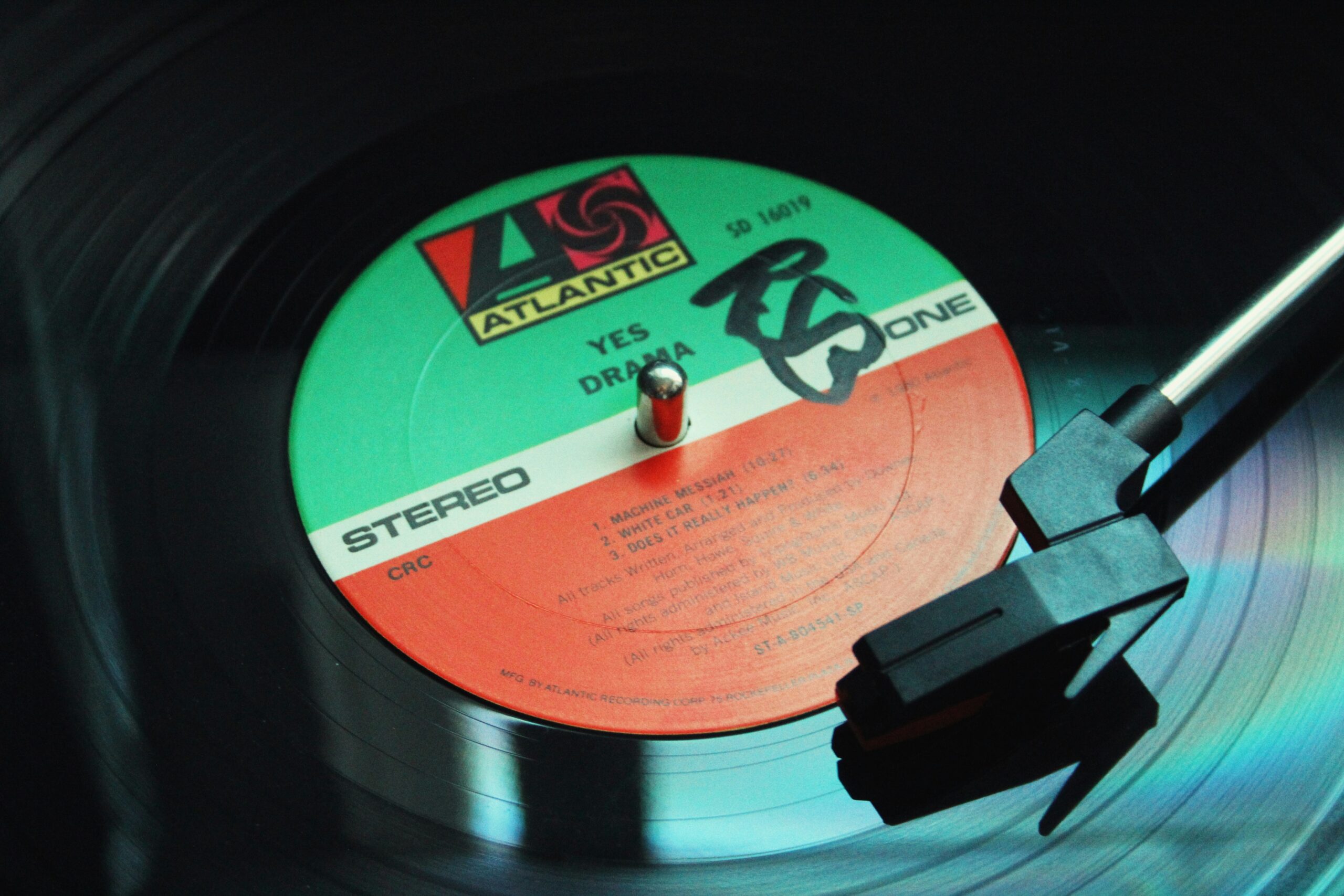When you listen to some of the most iconic rock songs, from gritty guitar riffs to soulful solos, it’s clear that rock wouldn’t be what it is today without the influence of blues. The raw emotion, the heartache, and the powerful rhythms that define blues music provided a solid foundation for the explosion of rock in the 1960s and beyond.
In this article, we’ll take a deep dive into how the blues genre shaped the sound of rock music, from its early roots to its lasting influence on modern rock bands:
- The deep connection between early rock musicians and the blues genre
- How artists like Led Zeppelin, Eric Clapton, and The Rolling Stones integrated blues into their sound
- The continued influence of blues in contemporary rock music
- An enduring legacy: Blues influence in shaping rock’s emotional and musical depth
The deep connection between early rock musicians and the blues genre
The roots of blues music stretch back to the African American communities in the Mississippi Delta in the early 20th century. Blues was born from the hardships and struggles of everyday life, with musicians using the genre as a form of personal expression, dealing with themes of love, loss, and societal issues. Characterised by its use of the pentatonic scale, call-and-response patterns, and the iconic twelve-bar structure, blues quickly became a form of music that people from all walks of life could connect with.
As blues evolved, it spread to different regions of the United States and influenced a wide range of music styles, including jazz, gospel, and rhythm and blues. However, it wasn’t until the 1950s and 60s that the genre began to cross over into mainstream rock music. Early rock musicians, particularly in the United States and the United Kingdom, began to incorporate elements of blues into their sound. It wasn’t just about playing the same riffs – it was about capturing the emotional depth of the blues, the feeling of raw expression that comes from the heart.

Many early rock artists were heavily influenced by blues legends like B.B. King, Muddy Waters, and Howlin’ Wolf, who infused their music with both joy and pain. The guitar playing in particular – with its use of bending notes and slide guitar – became a defining feature of rock music. Early rock bands would often cover blues songs or incorporate blues-inspired riffs into their own compositions, bridging the gap between the two genres in a way that felt natural and powerful.
How artists like Led Zeppelin, Eric Clapton, and The Rolling Stones integrated blues into their sound
As the 1960s ushered in the British Invasion, the influence of blues on rock music became even more pronounced. Bands like The Rolling Stones and Led Zeppelin, along with legendary guitarists like Eric Clapton, took the essence of the blues and turned it into something new, blending it with rock ‘n’ roll to create a more electrifying and energetic sound.
The Rolling Stones, led by Mick Jagger and Keith Richards, were perhaps the most famous band to be directly influenced by blues. In fact, their name was taken from a Muddy Waters song, and their early music was deeply rooted in the sounds of Chicago blues. Tracks like “I Can’t Quit You Baby” and “Little Red Rooster” were clear nods to their blues influences, but the Stones took those familiar riffs and added their own swagger and intensity, injecting them with the energy of rock. As they evolved, the band continued to incorporate blues into their sound, culminating in albums like Exile on Main St., which blends blues with rock, country, and soul.
Meanwhile, Led Zeppelin’s Jimmy Page was another key figure in bringing the blues into rock. Though they experimented with a variety of sounds, the band’s music was always grounded in blues. Tracks like “Since I’ve Been Loving You” and “You Shook Me” demonstrate Page’s mastery of the blues guitar, drawing on the same slide guitar techniques and emotional power used by blues icons like Robert Johnson and Elmore James. The emotional depth of blues, combined with Zeppelin’s larger-than-life sound, created a distinct form of hard rock that would go on to influence countless bands in the decades that followed.
Perhaps one of the most iconic blues-rock guitarists is Eric Clapton, who made his mark both as a solo artist and with bands like Cream and The Yardbirds. Clapton’s devotion to blues music is legendary. His guitar playing – particularly his famous “slowhand” technique – was deeply influenced by blues players like B.B. King, Albert King, and Freddie King. Cream’s “Crossroads,” a cover of Robert Johnson’s blues classic, became one of the defining songs of the 1960s, and Clapton’s blistering solo work introduced rock fans to the pure emotion and raw intensity of blues guitar.
These pioneers not only incorporated blues into their music but elevated it, expanding the possibilities of what rock music could be while remaining true to its blues roots. Through their electrifying performances, they proved that blues wasn’t just a genre for the past – it was the future of rock.

The continued influence of blues in contemporary rock music
Even in modern rock, the influence of blues is undeniable. While the genre has diversified and evolved, the emotional power and guitar-driven sound of blues continue to play a pivotal role in shaping the music we listen to today.
In the 2000s, bands like The White Stripes, The Black Keys, and Jack White began to incorporate blues into their stripped-back, garage rock sound. The White Stripes’ “Seven Nation Army” is an example of how blues-based riffs can be transformed into a modern, minimalist rock anthem. Jack White, in particular, has been vocal about his admiration for blues legends and has infused his music with their spirit. His band, The Raconteurs, also channels blues, with tracks like “Steady, As She Goes” blending rock, blues, and even a touch of folk.
The Black Keys, with their gritty, raw blues-rock sound, have similarly drawn from the well of blues tradition, using it as the foundation for their music. Their albums Brothers and El Camino showcase the band’s ability to marry blues rhythms and guitar riffs with modern production techniques, making blues music accessible to a new generation of rock listeners.
Additionally, blues continues to be a touchstone for guitarists across various rock subgenres. Whether it’s the virtuosic playing of modern blues-rock artists like Joe Bonamassa or the bluesy, soulful riffs in pop-punk and indie rock, blues remains a driving force in rock music’s evolution.
An enduring legacy: Blues influence in shaping rock’s emotional and musical depth
Blues music laid the foundation for rock, offering a wellspring of emotional depth, musical innovation, and expressive guitar work that continues to shape the genre today. From the earliest days of rock ‘n’ roll, when artists like Chuck Berry and Elvis Presley brought blues into the mainstream, to modern rock bands that still draw from its soulful roots, the influence of blues is woven into the very fabric of rock music.
Let’s look at today’s article in summary:
- We think that rock wouldn’t quite be the same as it is today without the influence of blues on the genre
- The roots of blues music can be traced back to the early 20th century, around the turn of the century, and African American communities in the Mississippi Delta
- Born from everyday struggles, musicians used it as an expression of themselves and their everyday lives
- Blues is characterised by its use of the pentatonic scale, the 12-bar-structure and gospel-inspired call-and-answer structures
- The classic Blues evolved and turned into early Rock and Roll styles
- While the genre evolved, its characteristics stayed with us: Guitar-driven sounds, emotional expression, forward-drive and scale
- Most guitarists have touchpoints with blues, hence its influence is still with us, even with harder rock styles
- Lately, Indie music has shown Blues patterns that remind us of classic blues artists such as Clapton or Jack White
The power of blues lies not only in its musicality but also in its ability to convey complex emotions. This emotional connection is what makes blues such a vital part of rock – it’s a language that speaks directly to the heart. As long as rock music continues to evolve, the spirit of the blues will undoubtedly remain at its core, offering a timeless connection between artists and fans.








